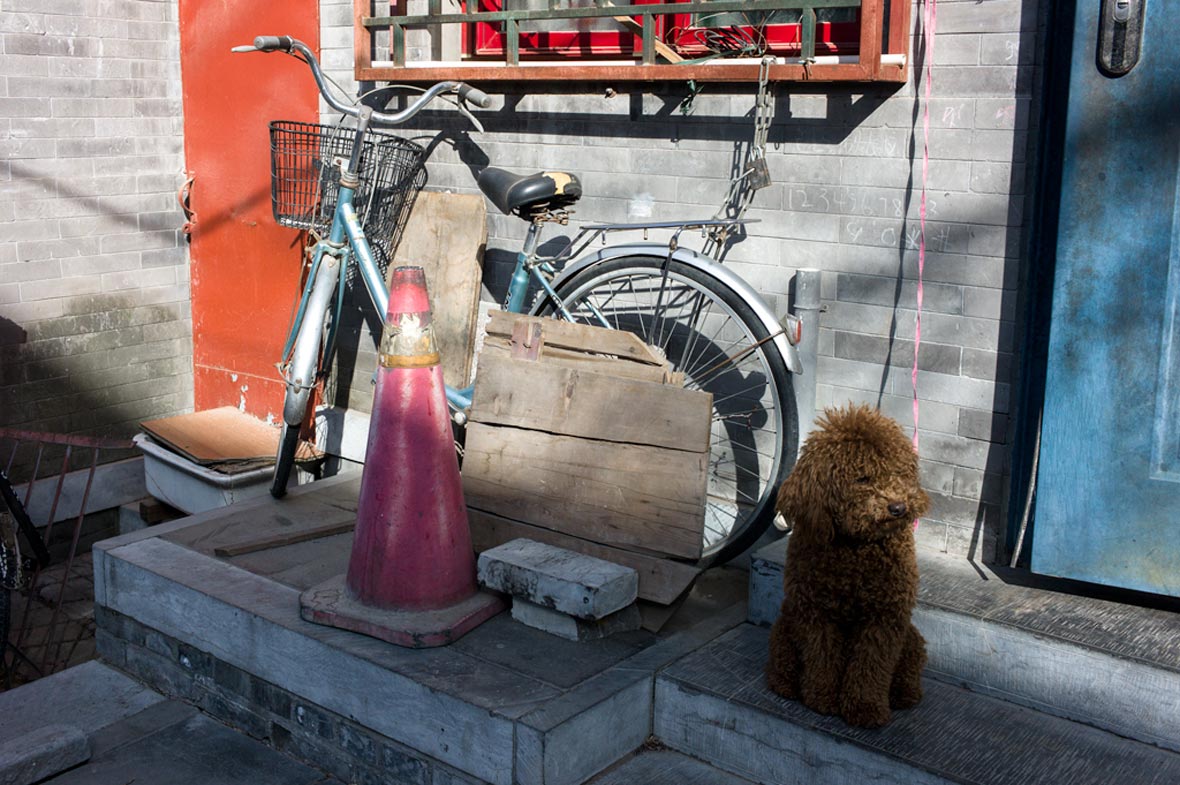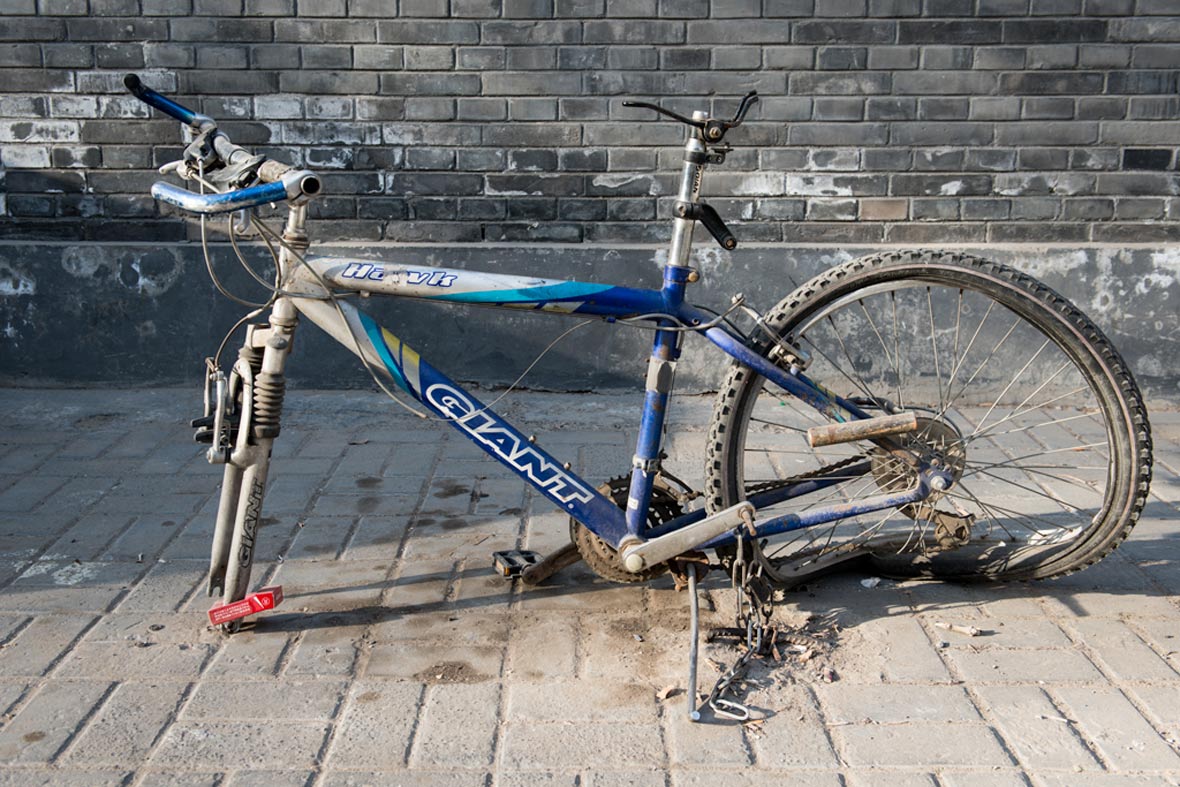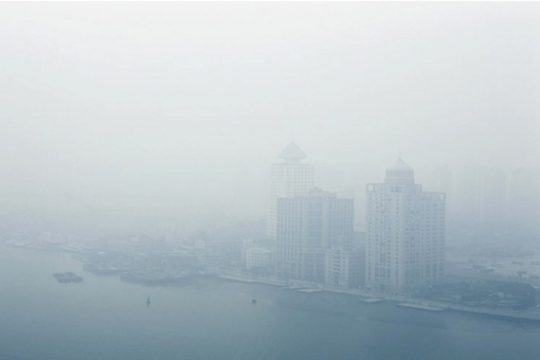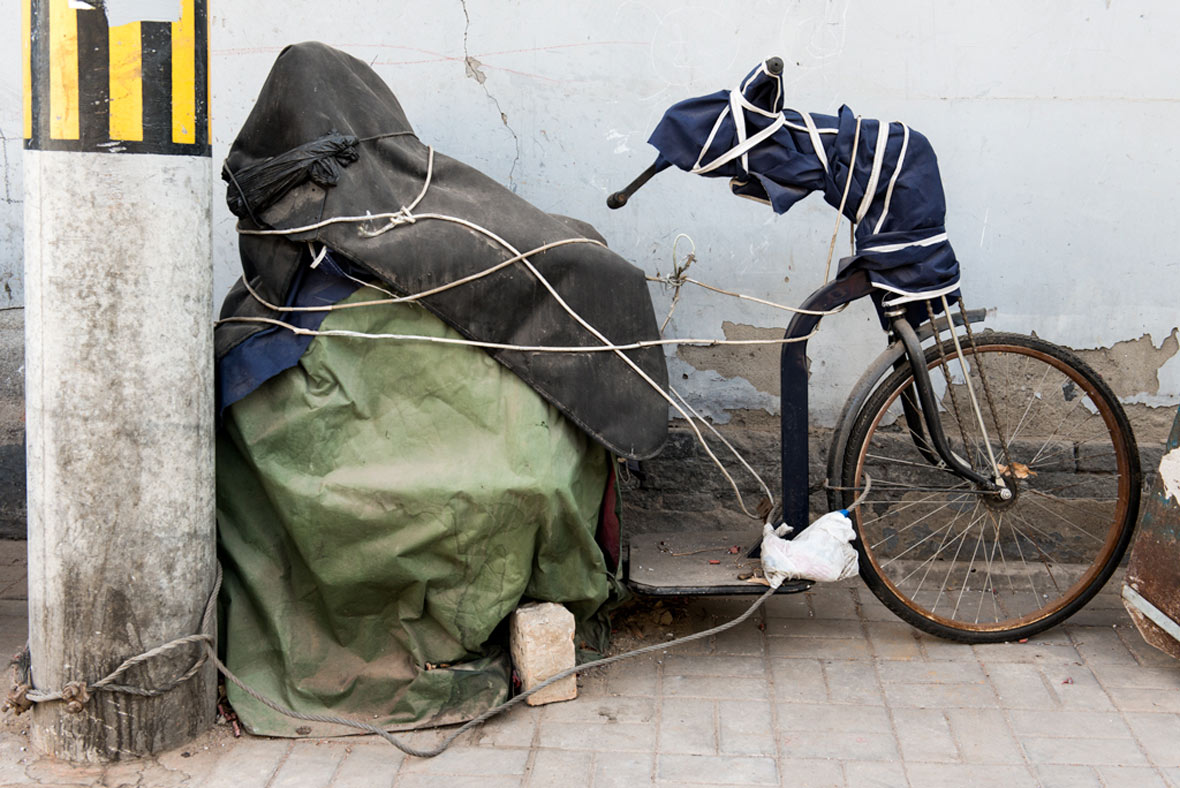
Zhao Xiaomeng is a photographer and artist who is based in both Beijing, China and Toronto, Canada. At the moment, he is working on a number of projects that examines the massive societal changes in today’s rapidly developing China. One of these projects is called Bicycles in Beijing, Now, which he hopes will be his first book to be published next year.
赵小萌是常居于北京和多伦多两地的一位摄影师。他的诸多作品项目都审视着今日中国快速发展下的巨大社会变革。《Bicycles in Beijing, Now》便是其中一个项目,他希望可以将这个项目在明年出版成他的第一本书。
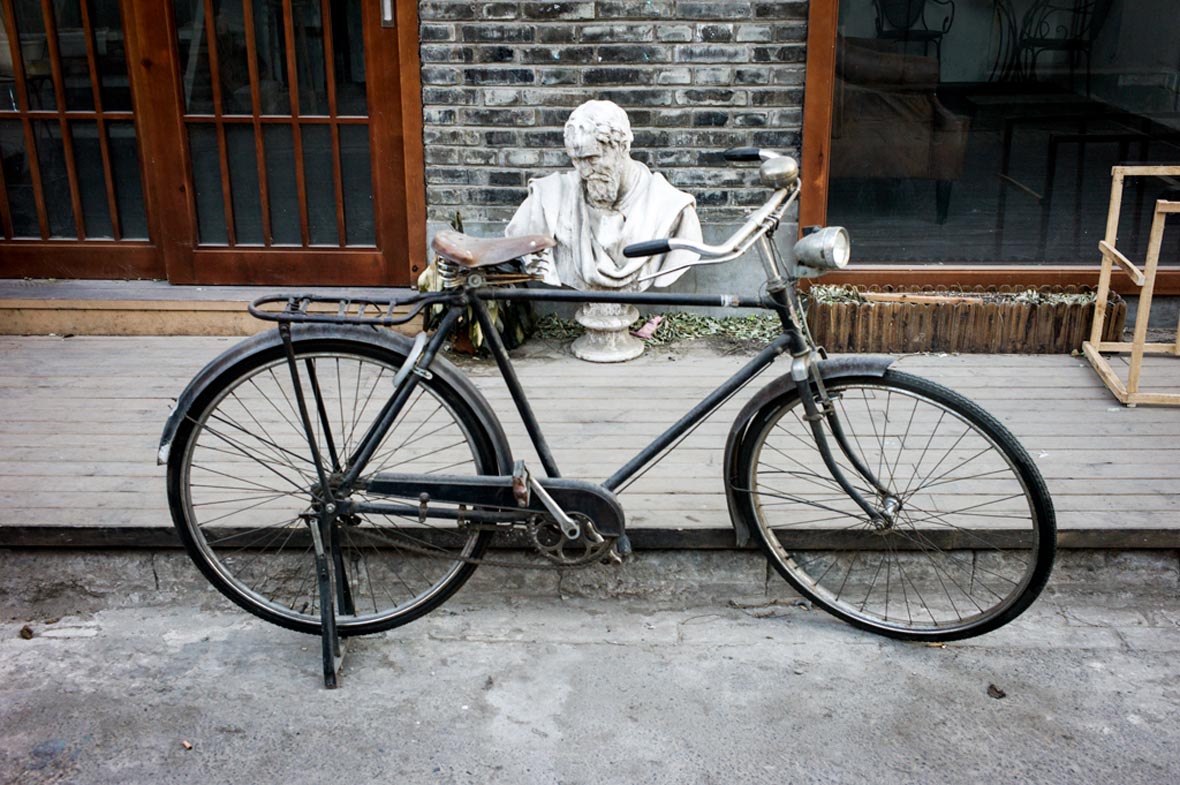
Bicycles in Beijing, Now is an extensive photo series that documents the dramatic decline of the once ubiquitous bicycle in Beijing. Once known as the “Kingdom of Bicycles”, China has in recent years seen the sudden and formidable rise and rise of car culture. Ever since the turn of the millennium, a growing number of Chinese people who live in big metropolitan cities, like Beijing and Shanghai, have become more accustomed to the convenience and comfort of owning and driving their own cars.
《Bicycles in Beijing, Now》 是一个大量摄影图片组成的系列,纪录在北京曾经普遍存在的自行车的戏剧性衰减。中国曾被誉为自行车王国,却在近年见证了汽车文化那令人瞠目的平地而起。自千禧年以来,居住在北京和上海等中国本土大都会的剧增人口,已经更习惯于拥有和驾驶私家车的方便和舒适。
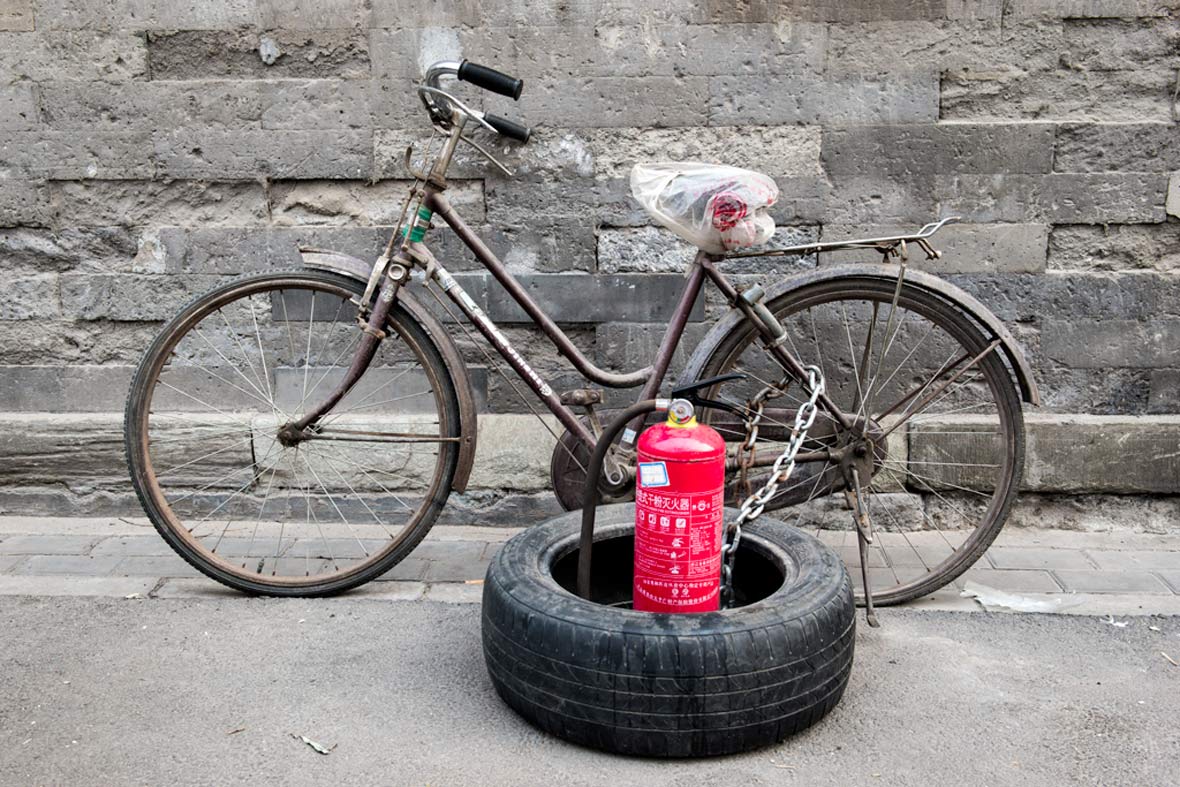
According to Xiaomeng, the humble and dependable bicycle has all but since been lost in the frenzy of today’s auto boom. “The once iconic mode of transit has been severely marginalized in the modern city,” he says, “Mainstream Chinese society has now lost interest in the bicycle as a way of getting around in favor of the more glamorous automobile.” Rather than being a cultural symbol that represents the city, the bicycle has since been reduced to a sign of a socially vulnerable group in contemporary China.
据小萌说,可靠又平民化、曾一度坐拥天下的自行车在机动车的发展狂潮中面临消亡。“曾经标志性的交通方式,在如今的现代化都市中已经严重边缘化了。” 他说,“中国社会主流对自行车这种交通工具已经丧失了兴趣,转而投向更具魅力的汽车。” 自行车已经沦落为当代中国社会弱势群体的一种象征, 而不再是作为代表城市的一种文化符号。
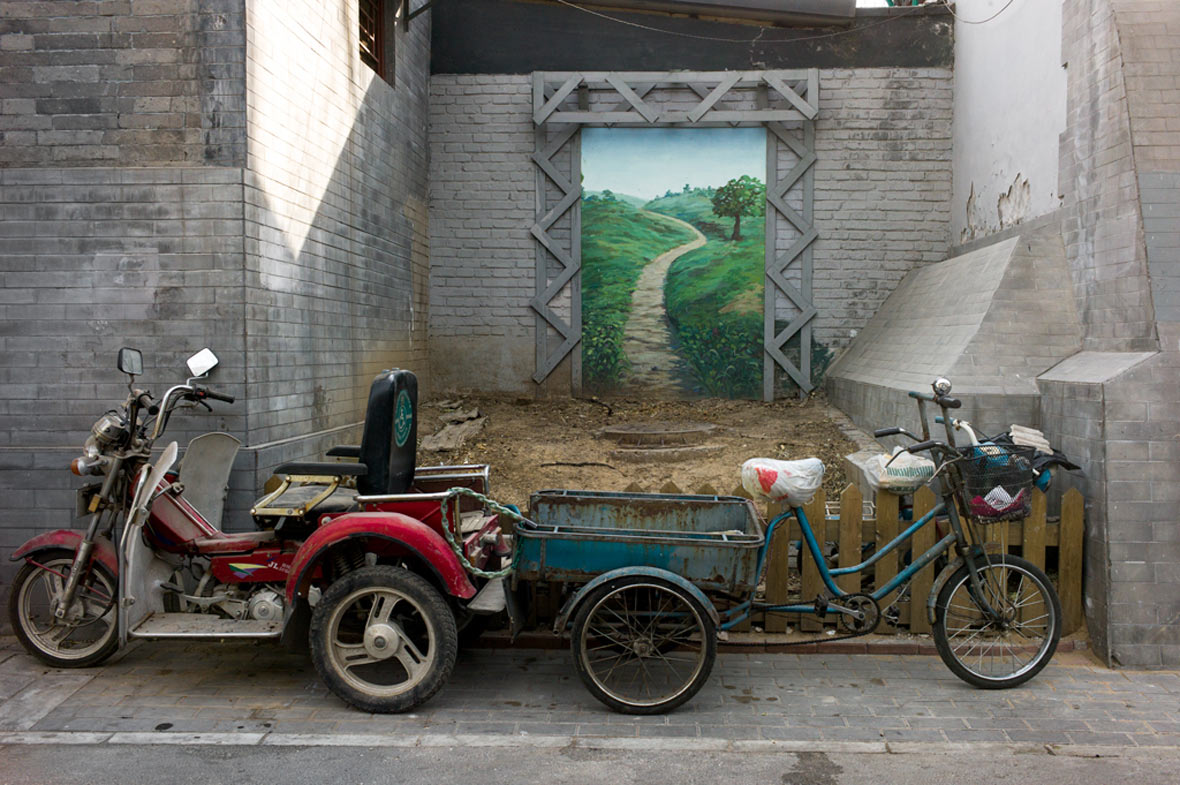
For this project, Zhao Xiaomeng embarked on a search to discover where some bicycles have ended up. He tells us, “Not surprisingly, many are dilapidated and rusty, having entirely lost their use. But some have managed to live on: locked up, tucked away, refurbished, reconstructed, or randomly parked by their owners.”
为了这个项目,赵小萌开始探寻一些自行车最终去向何处。他告诉我们: “果不其然,很多都已经锈迹斑驳,毫无用处了。但是有一些还是成功地幸存下来: 上了锁,存放起来,修复修整过,抑或只是被它们的主人随处停放着。”
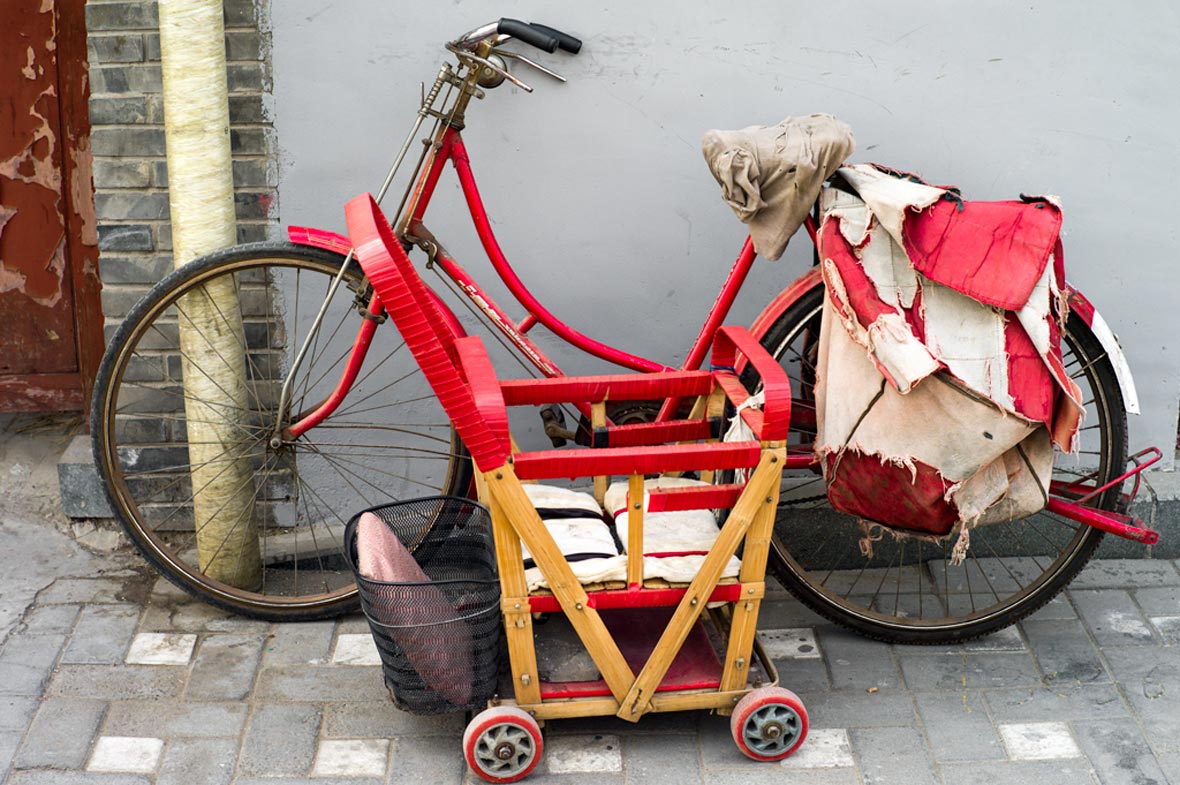
Sometimes while out shooting, Xiaomeng would also ask some owners of the disused bicycles how they felt about them. Why did they hang onto these pitiful things? To which they often replied: “Maybe one day I will make use of it.” This answer sadly reminded the artist of an old Beijing saying: “a dog’s life is better than no life.” Perhaps only time will tell what the ultimate fate of the bicycle will be, but at the current rate of China’s urban development and the rapid growth of consumer culture in its big cities, it may very well just become an artifact of the country’s past.
有时在外拍摄,小萌会向那些废弃自行车的主人们询问他们的感受。为什么他们对那些破烂还不放手?他们常会回答,搞不好哪天能用的上。这个回答让小萌想起一句北京老话,“好死不如赖活着”。也许,只有时间知晓那些自行车的最终命运,但是照目前中国的都市发展和其消费文化的快速发展来看,它极可能就作为一种工艺品代表这个国家的过去罢了。


